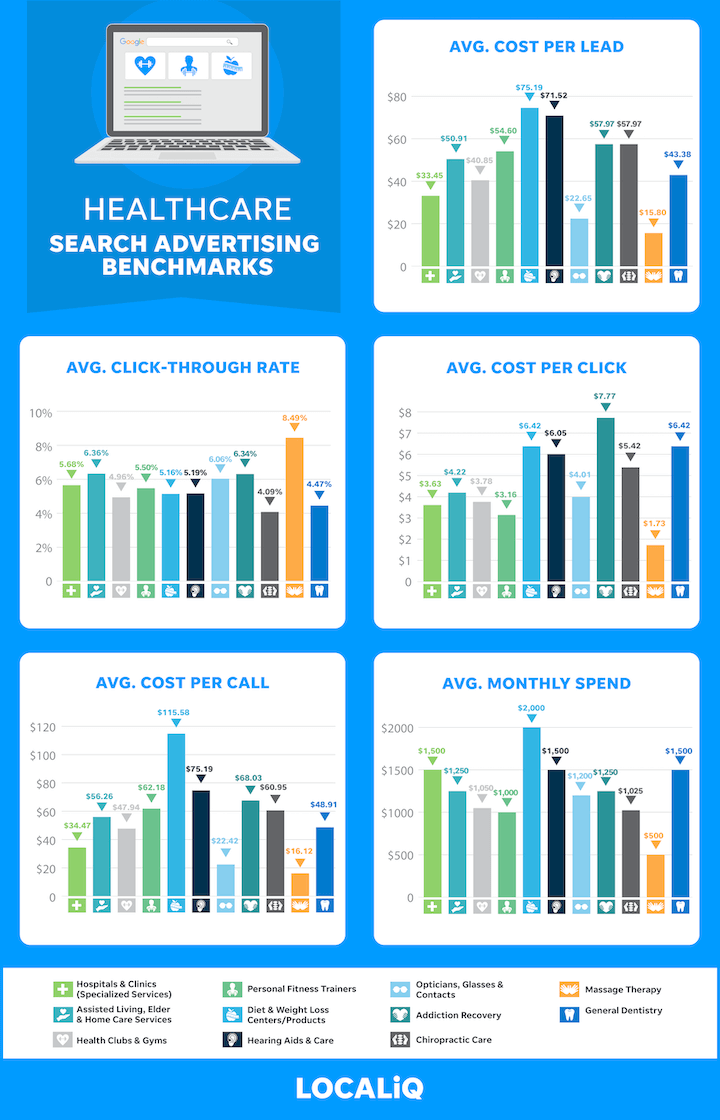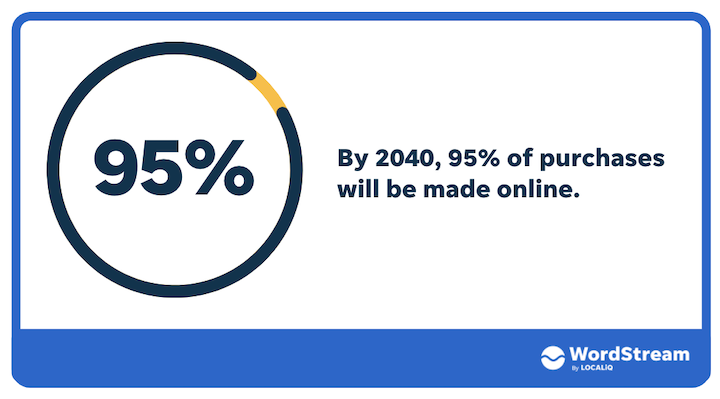– Andrew Richardson, Vice President of Analytics and Marketing Science at Tinuiti
It’s one of the many reasons advertisers need to place more emphasis on creative performance to create relevant and high-quality experiences tailored to the user.
Why is Google delaying the Death of the Cookie?
In this post, we cover everything you need to know about how cookies work, how they impact advertisers, and what you need to do to prepare for Google’s upcoming changes and a cookieless world.
“The Safari and Firefox updates have led ad tech to develop workaround solutions. The more ‘obstacles’ that are put in place, the less sustainable the existing workarounds become.
“While this delay gives advertisers more time to test cookie replacements ahead of deprecation, it also leaves the industry in limbo as replacements and next steps remain largely uncertain. The industry is rudderless in that regard [industry certainty]. To move web standards forward, we need consensus across the board.”
Advertisers use third-party cookie data to learn about a visitor’s overall online behavior. Without third-party cookies we lose the ability to understand what websites a user frequently visits, what purchases they make or interests they have shown on other websites.
“After initial dialogue with the web community, we are confident that with continued iteration and feedback, privacy-preserving and open-standard mechanisms like the Privacy Sandbox can sustain a healthy, ad-supported web in a way that will render third-party cookies obsolete,” writes Justin Schuh, Director of Chrome Engineering.
“Our advice to all advertisers is to start the process of creating a usable identity graph of customers and prospects with an email address and/or phone numbers as your primary key to ensure your organization can continue to market on a 1 to 1 level across ad products” In response to the perceived lack of transparency and control for individuals, data breaches, and “creepiness” in advertising, privacy legislation from the EU and California now give users control over their data. Effectively, these policies give users the ability to block various tracking technologies or request the deletion of their data. Tech companies have also responded by giving users control of how their data is used both within browsers and devices.
“It will impact advertising, however. Middle ad tech players may have smaller pools of data. CPMs for quality data will likely rise. Many advertisers will need a more sophisticated approach to make ads more relevant instead of just chasing down what they think is the right target.”
Above all advertisers should remember: First-party data is king
What is a cookie?
Cookies have evolved in a third-party context; many companies use cookies from websites to track user activity for advertisers to use targeted ads.
“Most platforms (Facebook, Google, Snapchat, TikTok, DSPs, MMPs, etc.) are still working through how to adapt to the major changes with iOS users on web & apps. Initial conversations indicate that most players are leaning towards updating their SDK to support the SKAdNetwork option. Apple’s SKAdNetwork enables privacy-safety to install attribution and measurement. This framework appends attribution parameters upon the ad click, so when the app is installed and opened for the first time it will send an install postback to the ad network including information such as campaign ID.”
What are the 2 types of cookies?
First Party Cookies
“Marketing companies that rely on third-party pixels nowadays are going to need to spark up conversations with the partners they work with about how those marketing publishers plan on or suggest to attack this. Brands without tagging and dev resources will be in bad shape if they don’t plan server-side tracking accordingly.”
Third-Party Cookies
“This is good for consumers and companies who recognize the need for privacy and trust. For companies to really explain what’s happening on their sites,” Jodi Daniels, Founder and CEO at Red Clover Advisors said in a recent interview with Tinuiti.
How do cookies in ecommerce work?
In the following blog article, we take a deep dive into how cookies work, why they are important, and how advertisers should prepare for a future without (or with severe limitations on) cookie tracking.
From the fallout of the Cambridge Analytica data controversy to Apple’s iOS 14 update to the wide-reaching data consent and controls of GDPR in Europe and CCPA in California; we’re in the midst of an industry-wide crackdown on third-party data practices that were once taken for granted by advertisers.
So what should marketers do in the meantime? We spoke with Nirish Parsad, Marketing Technologist at Tinuiti who offered several recommendations and next steps for brands as they respond to Google’s news.
“We should see this as an opportunity to engage with those customers in an improved way. Create compelling content and engaging videos across digital platforms to create a solid, trust-based relationship,” explains Daniels.
Today, many digital marketing capabilities are powered by cookies. We use them to track website visitors, improve the user experience, create personalized onsite experiences, and collect data to help target ads to the right audiences. We also use cookies placed by advertisers to better understand users when they are not on our website; this is the part that’s going away.
First-party cookies are created, published, and controlled by the website you visit and help with things like remembering your shopping cart, items you viewed, and preferences to improve the user web experience. First-party cookies collect behavioral data to help the website owner improve their services. This type of data collection only relays data back to the owner of the web domain.
Why are cookies going away?
Privacy-first web browsers such as Firefox, Safari & Brave already block third-party cookies and Chrome has announced that they are deprecating third-party cookies this year. This change will be the final shoe to drop that will kill the cookie as we know it. You can learn more about it in our recent blog post, “Google Phasing Out Third-Party Cookies: What You Should Know“.
Make no mistake: cookies are an important tool for advertisers to track and gather data that is critical to informing user behavior and targeting across the web.
For more information on how to navigate the changes with third-party cookies and tracking, contact us.
Third-Party Data vs. Third Party Cookies
Next Steps for Marketers in a Cookie-less World
In a blog titled “Building a more private web,” Google announced that its Privacy Sandbox and other privacy initiatives will gradually make third-party cookies “obsolete.”
– Tom Clinton, Manager of Analytics Engineering at Tinuiti
The web is constantly evolving, but these changes are happening more rapidly than ever before—especially when it comes to consumer privacy and data.
“It will impact Google Analytics and it will increase our reliance on first rather than third-party data and our direct relationships with consumers.”
BREAKING NEWS: In an announcement on Thursday, Google said it will delay the discontinuation of third-party cookies until the end of 2023 as a result of “mounting industry opposition and the feedback it received when testing possible replacements” (Source).
– Liz Emery, Senior Director of Mobile App Strategy at Tinuiti
Experts Chime in: Workarounds Are Less Sustainable As Restrictions Mount
As a consumer, you have little control over who is collecting this information or where it is going—you are able to clear cookies from your own browser, but you’ll never be able to manage or delete servers holding third-party data that has already been gathered.
Something important to note is that although third-party cookies might be going away, third-party data is not. Businesses will have to find other ways to access this information through membership cards, loyalty programs, email subscribers, social media insights, and more.
Third-party cookies are set by a third-party server (ad-tech) via a code placed on the web domain by the owner of that domain. The data collected on third-party cookies are accessible on any website that loads the third-party server’s code. Third-party cookies allow advertisers to track users across the internet (cross-site) and target advertising wherever that user goes. – Nii A. Ahene, Chief Strategy Officer at Tinuiti (Source: Ad Age)
As a result of the announcement, stocks for ad tech companies like The Trade Desk, Criteo, and LiveRamp saw a significant boost anywhere from 6% to 16% on Thursday morning. – Jesse Math, VP of Planning & Platforms and OTT Lead at Tinuiti
Last year, Google said it would end support for cookies in Chrome by early 2022 “once it figured out how to address the needs of users, publishers and advertisers and come up with tools to mitigate workarounds” (Source). But the latest plan will phase out support for third-party cookies beginning by mid-2023 with cookies completely gone by end of the year. Pro-tip: Cookies sometimes get mixed up with other nomenclatures such as pixels, tags, and scripts, but it’s important to understand that they are not the same thing.
– Nii Ahene, Chief Strategy Officer at Tinuiti
Reducing advertisers’ ability to track and understand user behavior will no doubt affect the efficacy of cookie-based targeting practices. Marketers should be prepared that attribution, measurement, frequency capping and suppression, insights, segmentation, activation and retargeting are in for a shake-up in 2021. Note: This post was originally published on January 11, 2021 and has been updated for freshness, accuracy, and comprehensiveness. We will continue to monitor this developing story and inform our readers.
“Brands with strong first-party data (and the ability to act on said data) are in a good position to take on the loss of cookies when it does occur. Our recommendation is to continue to investigate ways to improve data connectivity to improve match rates. To better understand the impact of cookie loss monitor user journey analysis broken out by browser. This will help brands understand where the most significant drop-offs are expected to occur & how to mitigate impact to performance.”
“While there are already cookie-less tracking solutions in place for some platforms (and some that rely on multiple methodologies), they are generally all server-side. Additionally, some platforms specialize in event-based tracking, often coupled with CDP products (Tealium, Segment, Amplitude are all competitive in the space). The landscape is going to change before they actually make the switch. Developing and implementing some of these solutions are not trivial – server-side and cookie-less tracking can require significant development in many cases, which Tinuiti can strategically advise. They will also vary pretty widely based on the platform.”
Cookies power all the ways we track, target, and measure performance in digital advertising. Cookies track users silently. As an industry, we didn’t do a great job of educating users how and why we use cookies. And we didn’t give people a way to opt out.
A cookie is a small text file in the browser that websites can write to, specific to a device (sometimes referenced as the user). Cookies have been around since 1994 with the initial goal of improving the e-commerce experience.






